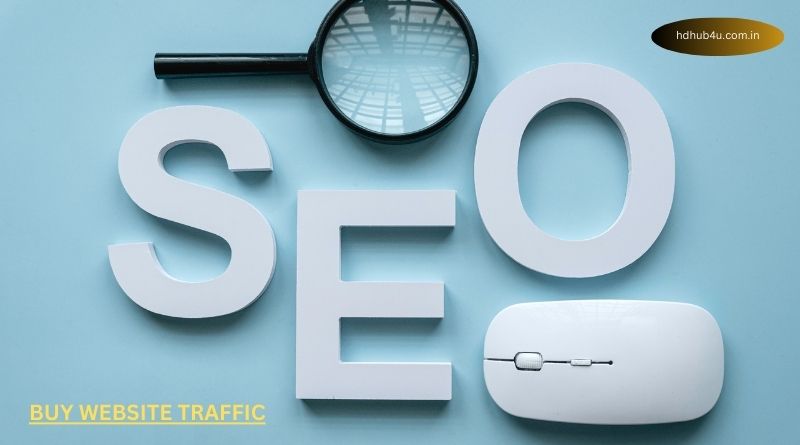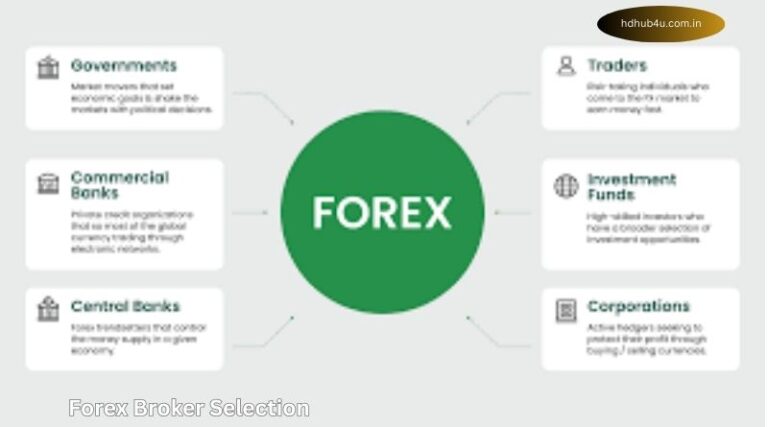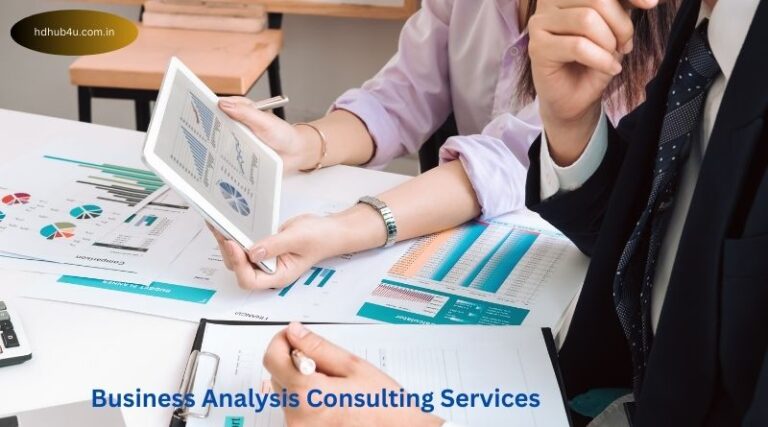Buy Website Traffic: A Comprehensive Guide to Boosting Online Visibility
In the digital landscape, the success of a website largely depends on its ability to attract and retain visitors. For businesses, entrepreneurs, and content creators, website traffic directly impacts visibility, sales, and overall growth. While organic strategies such as SEO and content marketing are essential, many turn to the option to buy website traffic to expedite results. But is this approach worth it? In this article, we’ll explore the concept, benefits, challenges, and best practices of purchasing website traffic.
What Does It Mean to Buy Website Traffic?
Buying website traffic involves paying a service provider to send visitors to your website. This traffic can come from various sources, including pay-per-click (PPC) ads, social media platforms, or third-party traffic providers. The main idea is to generate immediate site visits, which can help boost visibility, test website performance, or improve metrics for ad revenue.
Traffic can be categorized into two main types:
- Targeted Traffic: This refers to visitors who are genuinely interested in your content or products, often directed through well-defined filters such as demographics, interests, or search intent.
- Untargeted Traffic: This involves visitors sent to your site without specific targeting. While cheaper, untargeted traffic often has a lower conversion rate.
Why Consider Buying Website Traffic?
Purchasing website traffic can be a game-changer for specific goals, but it’s essential to understand its purpose and potential. Here are some reasons why businesses opt for this approach:
1. Kickstarting a New Website
When launching a new site, getting initial traffic can be challenging. Buying website traffic can help break the cycle of obscurity by increasing visibility and attracting potential early adopters or customers.
2. Boosting Sales and Conversions
For e-commerce websites, driving traffic is directly linked to sales. With targeted traffic, you can bring potential customers to your site, increasing the chances of conversions.
3. Improving Website Metrics
Higher traffic numbers can improve metrics like bounce rate, time spent on the website, and overall visit counts. For websites relying on ad revenue, traffic is critical to attracting advertisers.
4. Testing and Optimization
Buying traffic provides a controlled influx of visitors that can be invaluable for testing user experience, landing page effectiveness, or new product launches.
The Pros and Cons of Buying Website Traffic
Before you decide to buy website traffic, weigh the advantages and challenges to determine if it aligns with your business goals.
Advantages
- Immediate Results: Unlike organic strategies that take time to build momentum, purchased traffic delivers instant visitors.
- Scalability: You can increase or decrease your traffic volume based on budget and objectives.
- Enhanced Visibility: Paid traffic can help your site appear more credible, especially in its early stages.
- Custom Targeting: With the right provider, you can focus on specific demographics or geographic areas.
Disadvantages
- Cost: Paid traffic can be expensive, especially for high-quality, targeted visitors.
- Low Engagement: If the traffic isn’t genuinely interested, it may result in high bounce rates and minimal interactions.
- Risk of Scams: Not all providers are reputable. Some may use bots or fake traffic, which offers no real value.
- Temporary Impact: Purchased traffic ceases the moment you stop paying, unlike organic traffic, which builds over time.
Best Practices for Buying Website Traffic
To make the most of paid traffic, it’s essential to approach it strategically. Here are some best practices to follow:
1. Define Your Goals
Understand why you’re buying traffic. Are you aiming to increase brand awareness, boost sales, or test your website? Clear goals will help you choose the right type of traffic and provider.
2. Choose a Reputable Provider
Not all traffic providers deliver genuine visitors. Research companies, read reviews, and check for transparency about traffic sources. Trusted platforms like Google Ads, Facebook Ads, and Taboola offer reliable options.
3. Focus on Targeted Traffic
Invest in traffic that aligns with your audience’s interests, location, and behavior. Targeted visitors are more likely to engage with your site, reducing bounce rates and increasing conversions.
4. Analyze and Optimize
Track the performance of your paid traffic campaigns using tools like Google Analytics. Pay attention to metrics like click-through rate (CTR), conversion rate, and bounce rate. Use these insights to refine your strategy.
5. Avoid Over-Reliance
While buying traffic can provide short-term gains, it shouldn’t be your sole strategy. Pair it with organic methods like content marketing, SEO, and social media engagement to build a sustainable audience.
Popular Platforms to Buy Website Traffic
Several platforms offer reliable and effective ways to drive paid traffic. Here are some top options:
1. Google Ads
Google Ads is one of the most popular platforms for buying website traffic. It allows you to create PPC campaigns targeting specific keywords, ensuring you attract visitors with high intent.
2. Facebook Ads
With its advanced targeting options, Facebook Ads lets you reach specific demographics, making it ideal for businesses with a well-defined audience.
3. Native Advertising Networks
Platforms like Taboola and Outbrain integrate ads seamlessly into content, driving traffic from trusted publications.
4. Social Media Platforms
Twitter, Instagram, and LinkedIn offer paid promotion options to direct traffic to your site. These are particularly effective for niche audiences.
5. Third-Party Traffic Providers
Companies like AdBlade or Revcontent specialize in driving paid traffic. However, it’s crucial to vet these providers to ensure the quality of visitors.
Common Mistakes to Avoid
Buying website traffic is not without its pitfalls. Here are some mistakes to steer clear of:
1. Ignoring Quality Over Quantity
Focusing solely on the number of visitors without assessing their relevance can lead to poor ROI.
2. Skipping Tracking and Analytics
Failing to monitor your traffic sources and results can leave you in the dark about what’s working and what isn’t.
3. Overlooking Landing Pages
Driving traffic to poorly designed or irrelevant landing pages will frustrate visitors and hurt your conversions.
4. Not Setting a Budget
Overspending on traffic without clear limits can lead to financial strain. Plan your campaigns with a defined budget in mind.




